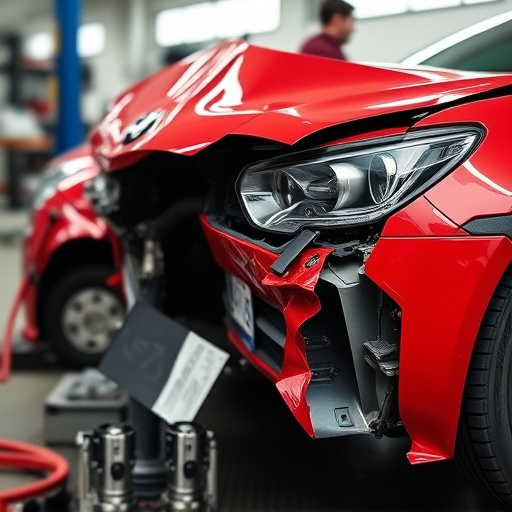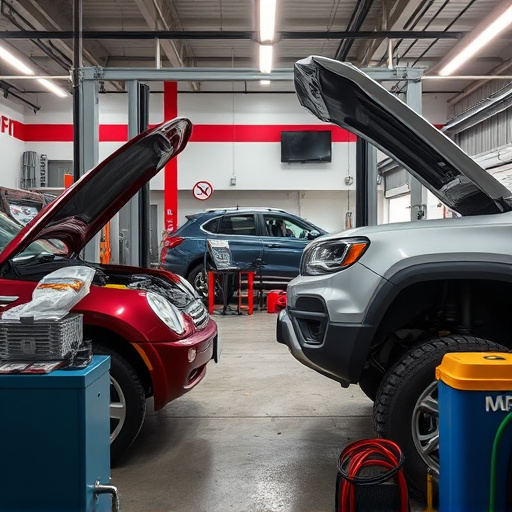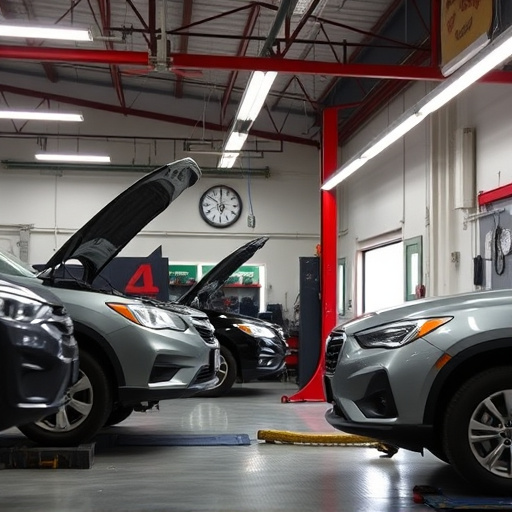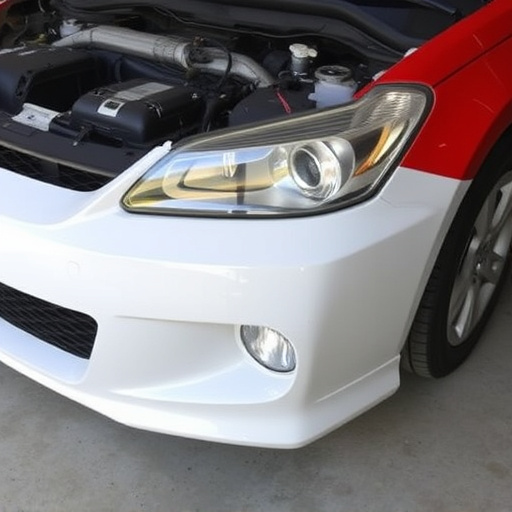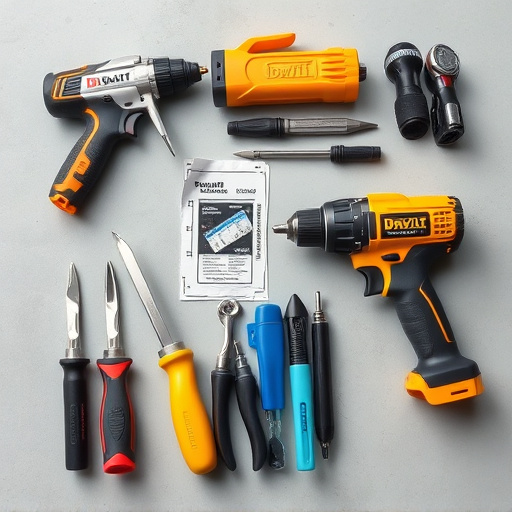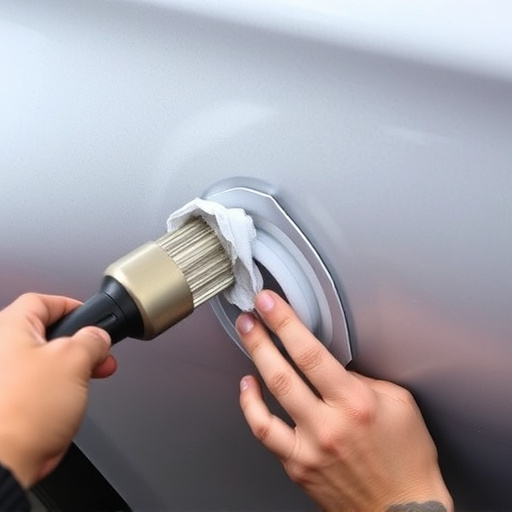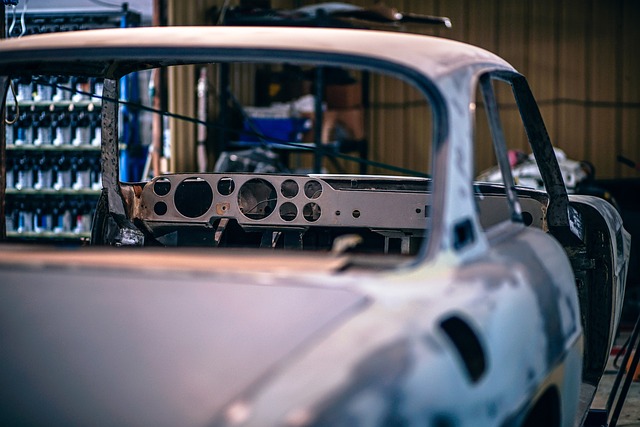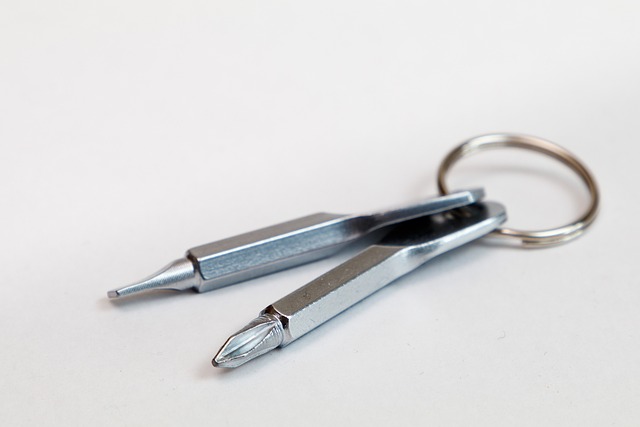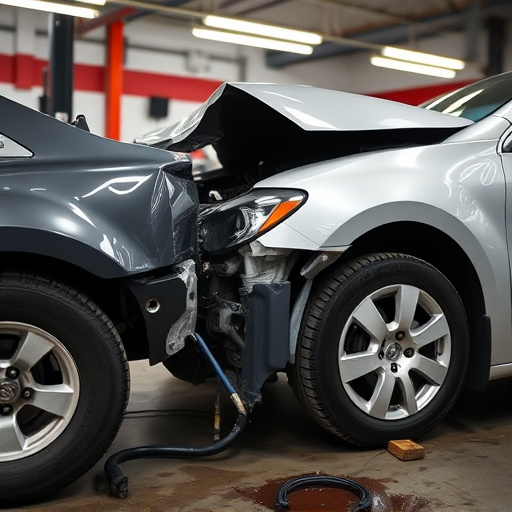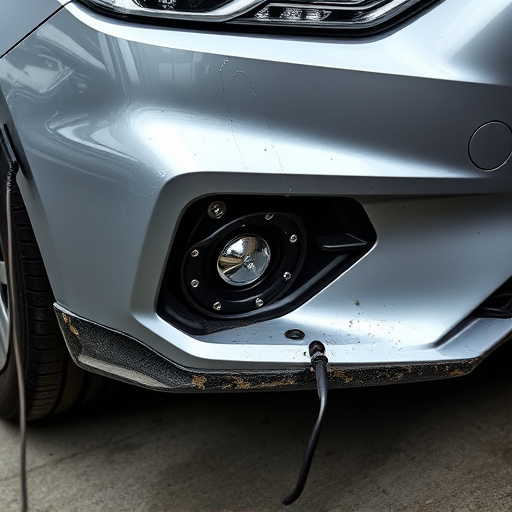Customer Repair Education is a strategic investment for businesses aiming to enhance service standards and operational efficiency. By equipping staff with advanced skills in diverse vehicle repairs, from simple dents to complex collision damage, operations become more streamlined, reducing downtime and enhancing market competitiveness. Implementing robust customer repair education programs boosts client satisfaction and retention by building trust through transparency and improved communication. Measuring success via key metrics like repair frequency and severity, alongside positive feedback from clients and technicians, ensures continuous improvement and refinement of training programs.
In today’s competitive market, customer repair education is a game-changer for commercial and fleet clients. This strategic approach empowers businesses to enhance customer satisfaction, reduce downtime, and optimize operational efficiency. By implementing effective repair education programs, companies can foster a deeper understanding between customers and their vehicles, leading to long-term loyalty. This article explores the multifaceted benefits, implementation strategies, and measurement techniques of customer repair education, providing valuable insights for businesses aiming to excel in customer service.
- Understanding Customer Repair Education: Benefits for Commercial and Fleet Clients
- Implementing Effective Customer Repair Education Programs
- Measuring Success: Evaluating the Impact of Customer Repair Education
Understanding Customer Repair Education: Benefits for Commercial and Fleet Clients

Customer Repair Education is a powerful tool that offers significant advantages for both commercial and fleet clients. By investing in this type of education, businesses can empower their staff to deliver exceptional service, ensuring customer satisfaction and loyalty. It provides an in-depth understanding of the repair process, allowing employees to confidently handle various vehicle issues, from minor dents and scratches to more complex collision repairs.
This specialized training equips workers with the skills needed to perform accurate car body restoration, utilizing advanced techniques and technology. As a result, it enhances the overall efficiency of operations in a commercial or fleet setting, where time and resource management are critical. With a well-educated team, businesses can streamline their maintenance processes, reduce downtime for vehicles, and maintain a competitive edge in the market, especially when competing with other auto body shops.
Implementing Effective Customer Repair Education Programs
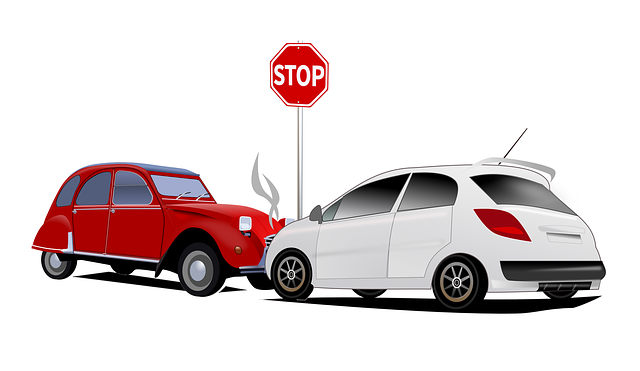
Implementing Effective Customer Repair Education Programs plays a pivotal role in enhancing customer satisfaction and retention for commercial and fleet clients. By equipping customers with knowledge about the repair process, expected timelines, and quality standards, businesses can foster trust and transparency. This approach not only improves communication but also empowers clients to make informed decisions, aligning their expectations with the services provided.
Focused training on topics like car body repair, automotive collision repair, and auto body services ensures that customers understand post-repair vehicle maintenance. Educated clients are better equipped to recognize potential issues early on, preventing future damages. Moreover, such programs can include interactive sessions and case studies to illustrate best practices, ensuring a comprehensive learning experience. This investment in customer repair education ultimately strengthens the partnership between service providers and their commercial and fleet clients.
Measuring Success: Evaluating the Impact of Customer Repair Education

Measuring the success of customer repair education programs is paramount to ensuring their effectiveness and long-term impact. By evaluating the outcomes, businesses can understand how these initiatives enhance client satisfaction, reduce costs, and improve operational efficiency. One key metric is tracking the frequency and severity of repairs required by educated clients compared to those who haven’t undergone such training. A significant reduction in repeat visits for minor issues or excessive repair requests indicates successful customer repair education.
Additionally, gathering feedback from both clients and service technicians can provide valuable insights. Positive client testimonials highlighting their improved understanding of vehicle maintenance and the ability to perform basic repairs at home are strong indicators of successful education. Similarly, technician feedback on better-informed customers who can communicate clear expectations and accurately describe issues during service appointments reflects positive outcomes. This data contributes to refining training programs, focusing on areas that need more attention, and ensuring continuous improvement in customer repair education.
Customer repair education is a powerful tool for commercial and fleet clients, fostering efficient operations and enhancing client relationships. By implementing tailored programs that focus on skill development and knowledge retention, businesses can reduce downtime, optimize maintenance routines, and ultimately, save costs. Measuring success through evaluation metrics ensures the program’s effectiveness, allowing companies to continuously improve and stay competitive in their industry. Investing in customer repair education is a strategic move towards a more robust, resilient, and profitable future.
